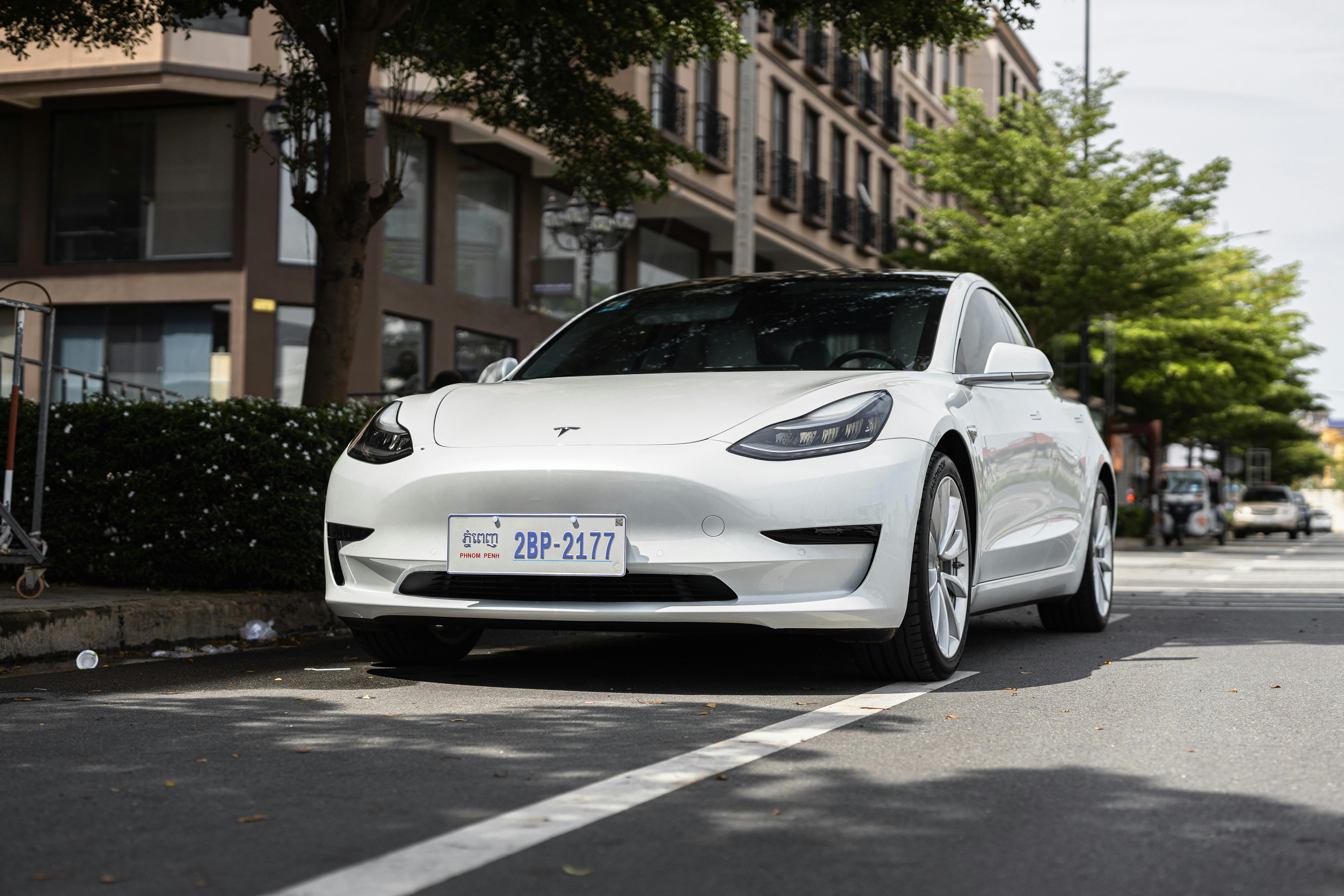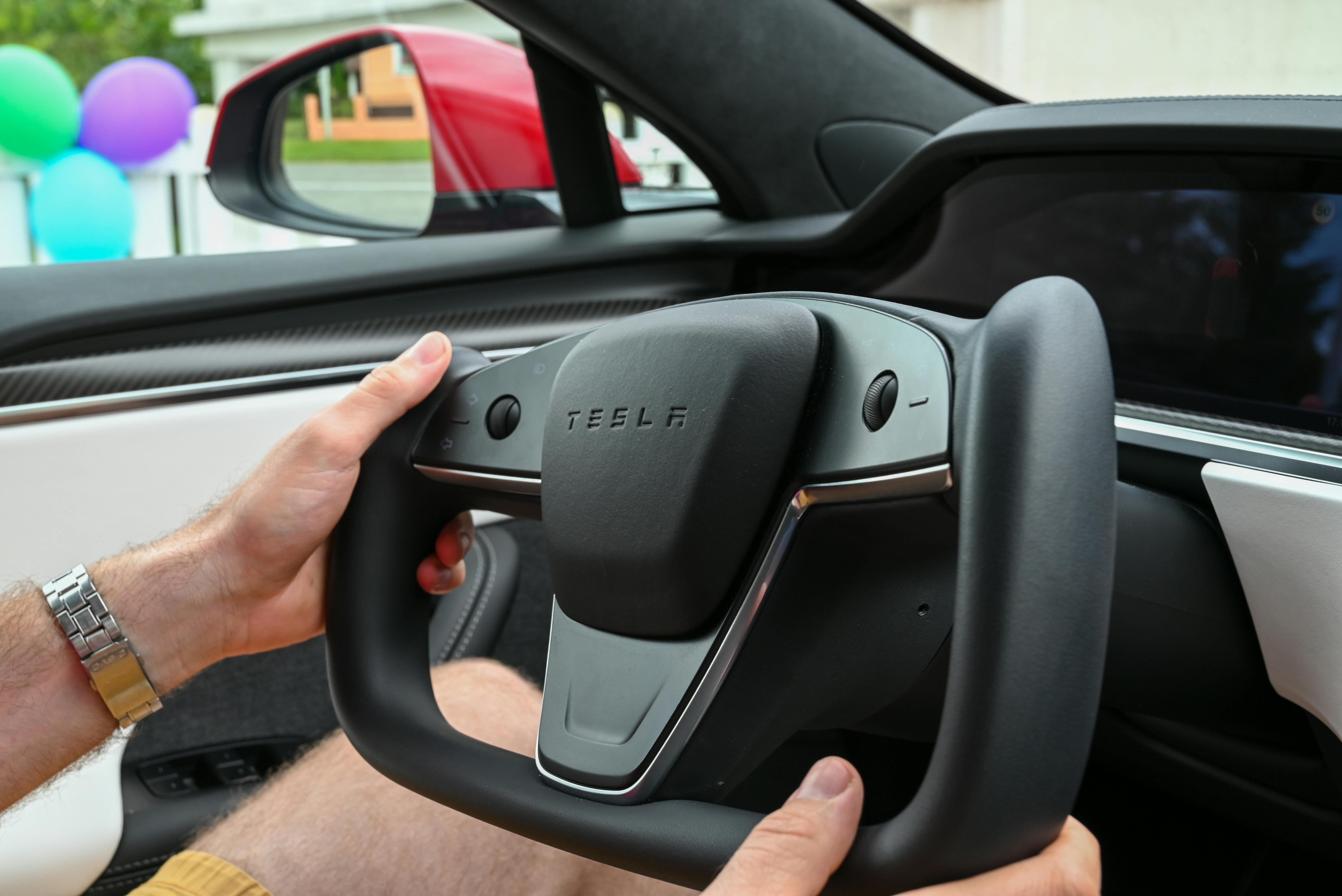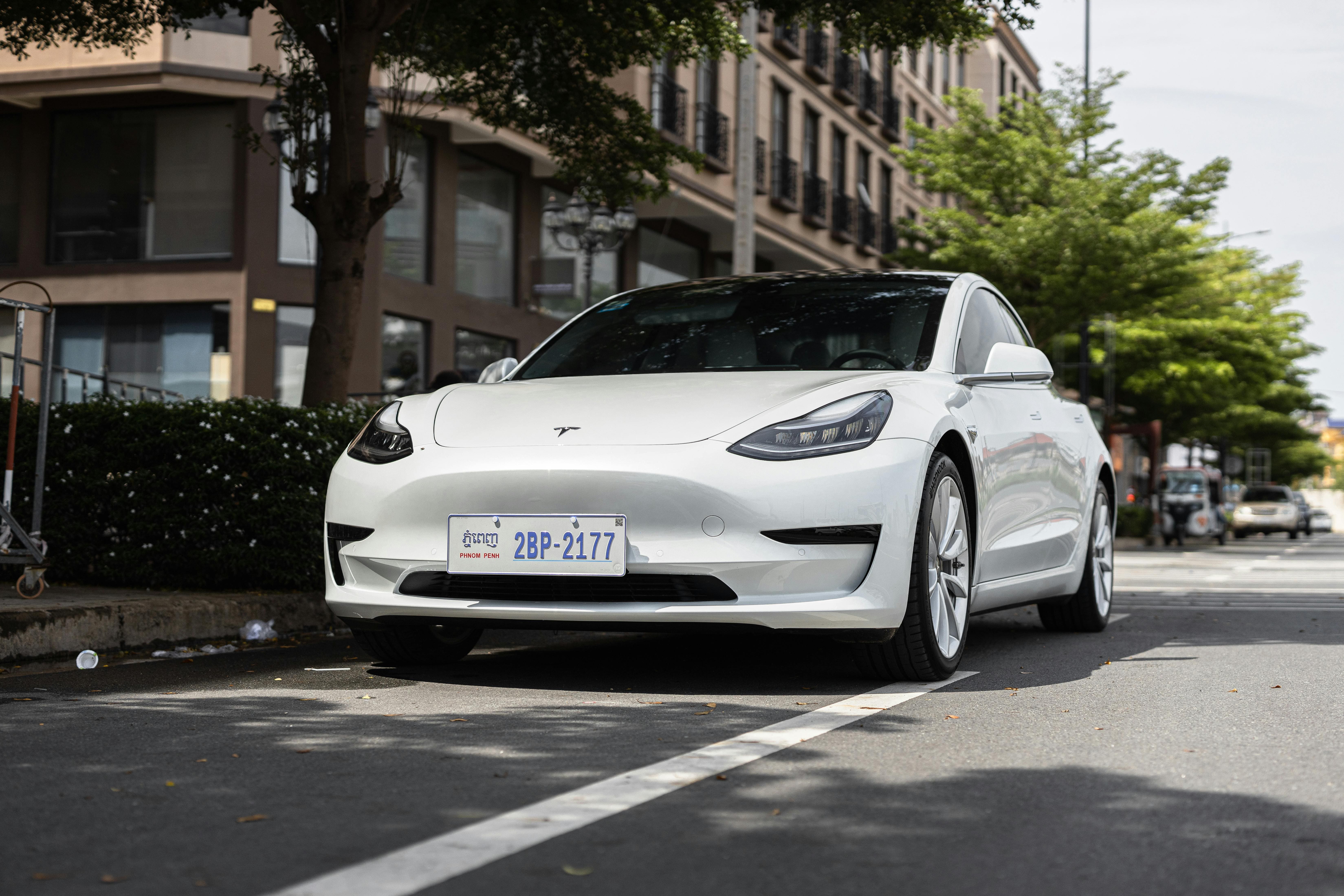The Truth About Brake Pad Replacement in Teslas and Other Evs
The braking system in electric vehicles (EVs), such as the widely recognized Teslas, significantly differs from the traditional systems found in internal combustion engine (ICE) vehicles, highlighting the rapid advancements in the EV industry. This paradigm shift has not only revolutionized how we think about propulsion in automobiles but has also introduced a new narrative around the maintenance and durability of vehicle components, particularly the braking system.
Unlike their ICE counterparts, EVs, with their cutting-edge technology, offer a unique regenerative braking feature that fundamentally changes the wear patterns and maintenance needs of brake pads. This shift has given rise to various questions and myths surrounding the maintenance and replacement of brake pads in EVs, sparking curiosity and sometimes confusion among owners and enthusiasts alike.
As we delve deeper into this topic, we’ll explore the essentials of brake pad replacement in EVs, with a special focus on Tesla models, to dispel myths and shed light on the reality of EV maintenance.
Understanding EV Braking Systems
Understanding the braking systems in EVs is crucial, particularly when considering Tesla maintenance. Tesla vehicles, renowned for their innovation, feature a dual-braking system that integrates regenerative braking with conventional friction braking. This regenerative braking technology is a cornerstone of Tesla, capturing the vehicle’s kinetic energy during deceleration and converting it into electrical energy to recharge the battery. This process not only conserves energy but also reduces the reliance on traditional friction brakes, significantly decreasing wear and tear on brake components. Consequently, the maintenance needs for Tesla’s braking system are substantially lower than those of ICE vehicles, extending the lifespan of brake pads and discs and improving vehicle efficiency.
This approach not only ensures the safety and performance of Tesla vehicles under various driving conditions but also emphasizes the reduced maintenance demands associated with regenerative braking. The ability of this system to feed energy back into the battery further augments Tesla’s range, marking a pivotal advancement in electric mobility. Understanding these mechanisms is essential for Tesla owners, offering insights into the sophisticated engineering that reduces the vehicle’s environmental footprint and underscores the lesser-known benefits of Tesla.
Comparing Brake Pad Wear: EVs vs. Traditional Vehicles
Building upon our understanding of EV braking systems, particularly Tesla’s innovative approach, it’s instructive to juxtapose the brake pad wear in EVs against that in traditional ICE vehicles. Tesla’s integration of regenerative and friction braking systems presents a nuanced balance between energy conservation and mechanical wear.
While regenerative braking significantly reduces the dependency on mechanical friction, thus preserving brake pad integrity over longer periods, traditional vehicles lack this energy recapture mechanism. Consequently, ICE vehicles exhibit more rapid wear on brake pads due to their exclusive reliance on friction braking for deceleration. This distinction is crucial for understanding the maintenance landscape of EVs versus ICE vehicles, where the former benefits from extended service intervals and reduced long-term maintenance costs.
Additionally, the impact of driving behaviour and environmental conditions on brake pad wear presents an interesting contrast between the two types of vehicles. Although aggressive driving and frequent stops can accelerate wear in both contexts, the regenerative braking in EVs like Tesla mitigates much of this effect by capturing kinetic energy during deceleration. This not only prolongs brake pad life but also contributes to the vehicle’s energy efficiency by replenishing the battery, a feature absent in traditional vehicles.
The culmination of these factors—reduced mechanical wear, extended maintenance intervals, and enhanced energy efficiency—highlights the forward-thinking engineering behind Tesla’s braking system.
Identifying When Replacement is Needed
Even in the context of electric vehicles, where brake pad wear is significantly reduced there comes a time when replacement is inevitable. Recognizing the signs that indicate the need for new brake pads is crucial for maintaining the performance and safety of any vehicle, including Teslas.
Among these signs, a noticeable decrease in braking efficiency stands out as a primary indicator. This might manifest as the vehicle taking longer to come to a complete stop or a less responsive brake pedal. Unusual noises during braking, such as squealing or grinding sounds, are also telltale signs that the brake pads are wearing thin. Additionally, vibrations felt through the brake pedal or steering wheel while braking can indicate uneven wear or the deterioration of brake components.
For Tesla owners, addressing these signs promptly is key to leveraging the benefits of Tesla vehicles. Teslas are renowned not just for their innovative electric powertrain but also for their advanced safety features and exceptional driving dynamics. Worn brake pads, however, can compromise these benefits, affecting not only the vehicle’s stopping power but also its overall handling and safety on the road. This highlights the importance of regular brake system inspections by a qualified technician, who can assess wear and perform replacements as needed.
Moreover, timely brake pad replacement is more than just a matter of safety; it’s also integral to maintaining the vehicle’s value and performance over time. In the grand scheme, the benefits of owning a Tesla — such as reduced maintenance requirements, energy efficiency, and a smaller environmental footprint — can only be fully realized with proper upkeep.
The Process of Replacing Brake Pads
When considering the replacement of brake pads on an electric vehicle (EV), it’s important to recognize the specific nuances involved in the process compared to traditional vehicles. Here’s what you need to know:
● Nature of EV Braking Systems: The process shares core similarities with traditional vehicles but includes unique steps due to the EV’s regenerative braking system.
● Disabling Regenerative Braking: Technicians may need to temporarily disable the regenerative braking system to ensure a safe and effective replacement process.
● Specialized Knowledge and Tools: The presence of high-voltage components in EVs necessitates specialized knowledge and tools for safe handling during the replacement process.
● Choosing the Right Service Provider: Given the specific needs of EV brake pad replacement, selecting a service provider experienced in EV maintenance is essential for ensuring the job is done correctly and safely.
Cost Factors
The cost of replacing brake pads in EVs can vary based on several factors, including the make and model of the vehicle, the type of brake pads used, and the service provider. While the actual parts might not significantly differ in price from those for traditional vehicles, the labour costs can be higher due to the specialized knowledge required to work on EVs.
Additionally, some EV models may require specific, possibly more expensive, brake pad types designed to work with regenerative braking systems. These variables make it important for vehicle owners to research and compare service options carefully.
DIY vs. Professional Service
For those considering the DIY approach to brake pad replacement on an EV, weighing the potential savings against the risks is essential. Proper handling of an EV’s braking system requires not just mechanical knowledge but an understanding of the vehicle’s electrical systems. The risk of voiding the warranty or causing damage to the vehicle’s complex systems is higher without professional training. Therefore, while DIY can be tempting, the value of professional servicing—ensuring the job is done correctly and safely—cannot be overstated.
Maintaining the brake system of an EV, particularly in Teslas and other advanced models, presents a unique set of considerations. While regenerative braking reduces wear on mechanical components, attention to maintenance and timely replacement of brake pads remains crucial.
370 total views, 1 views today



